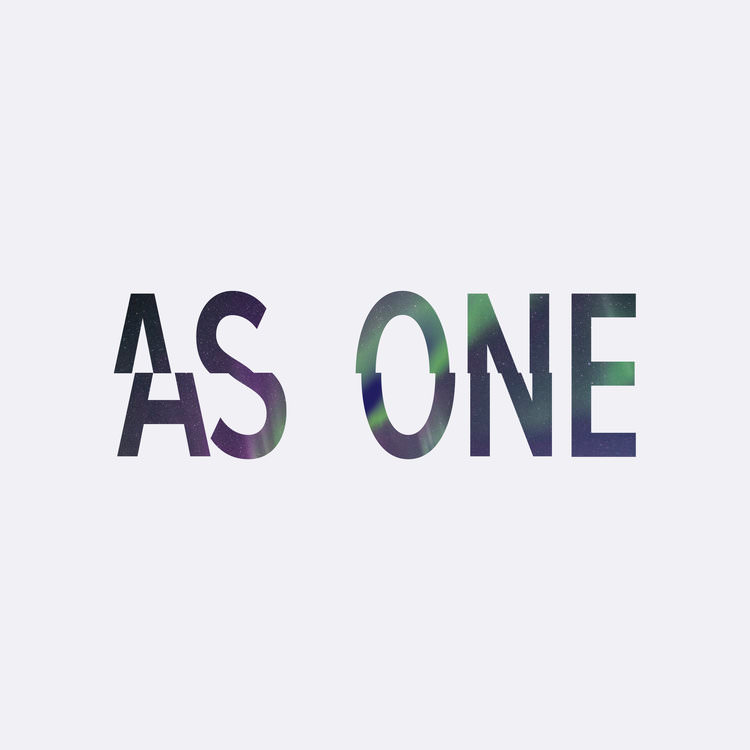AS ONE
As One is a chamber opera in which two voices – Hannah after (mezzo-soprano) and Hannah before (baritone) – share the part of a sole transgender protagonist. Fifteen songs comprise the three-part narrative; with empathy and humor, they trace Hannah’s experiences from her youth in a small town to her college years – and finally traveling alone to a different country, where she realizes some truths about herself. Written by Laura Kaminsky, with a libretto by Mark Campbell and Kimberly Reed, As One is performed by baritone Kelly Markgraf (Hannah before), mezzo-soprano Sasha Cooke (Hannah after), and the Fry Street Quartet, conducted by Steven Osgood.
“A piece that haunts and challenges its audience with questions about identity, authenticity, compassion and the human desire for self-love and peace.”
THE CROSSROADS PROJECT
The Crossroads Project is a thought-provoking, viscerally affecting exploration of global sustainability. The vivid, kinetic score of Kaminsky’s “Rising Tide” encompasses a global life cycle, from the wonder of first stirrings to the lushness of a world full of vitality to the turmoil of a complex civilization, while Larsen’s “Emergence” captures a vast, potent emotional landscape. Stemming from an interdisciplinary performance project of the same name joining science and art, The Crossroads Project aims to inspire reflection, foster engagement and incite action at a pivotal moment for our society.
BEETHOVEN STRING QUARTETS
The Fry Street Quartet demonstrates the range and power of Beethoven’s quartet output by pairing two works that showcase both his inimitable compositional voice and his stylistic evolution. Beginning with the early op. 18, No. 4, the players demonstrated the composer’s command of form in an ebullient, dramatic work that looks back to Haydn and Mozart. At the other end of the spectrum, op. 130 shows a grand transformation of tradition, from the heart-rending melody of its songlike Cavatina to the compositional brilliance of the challenging Grosse Fuge.
HAYDN STRING QUARTETS
Haydn’s gradual transition from what was essentially a classical craftsman to a modern artist is reflected in the stylistic changes that took place in his 68 string quartets. Op. 9, no. 4, the first quartet that Haydn wrote in a minor key, reflects the brooding Sturm und Drang style that he cultivated in his orchestral works at the time. The String Quartet in F, Op. 77, no. 2 was Haydn’s last complete work in the medium, and exhibits the composer’s mature style. Fragments of simple, folk-like themes pass fluidly between the players, textures vary wildly from simple homophony to dense polyphony, and he masterfully achieves an intangible blend of seriousness and playfulness.
VOICES OF MODERNISM & THE STRING QUARTET
The Fry Street Quartet explores modernism and the creative conflict between tradition and new modes of thought in string quartets by ground-breaking composers at points of transition. Beethoven’s op. 18 reflects a shift from classicism to his “heroic” middle period, and his op. 132 exemplifies the formal innovation of his late works. Stravinsky’s Three Pieces for String Quartet finds the composer at a crossroads between his early Russian folk inspiration and his neoclassical period. Rorem’s String Quartet No. 4, which centers on a Self Portrait movement, functions as a composer’s exploration of postmodern self-consciousness. Finally, J. Mark Scearce’s First String Quartet, Y2K, draws on earlier string quartets while addressing the fear and cultural significance of a milestone date.
DEBUT
As Janacek described his fitful String Quartet No. 1 “The Kreutzer Sonata,” “What I had in mind was the suffering of a (passive, enslaved) woman, beaten and tortured to death.” The anguished work is inspired by Tolstoy’s novel of the same name, which is in turn inspired by Beethoven’s work for piano and violin. Janacek draws on the literary version, which tells of an unhappy marriage. The recording also includes Beethoven’s “Razumovsky” String Quartet in C Maj., op. 59 No. 3, in which a dissonant, moody opening gives way to exuberant virtuosity.
MASS IN C MINOR
The Fry Street Quartet had the privilege of recording the string parts to Thomas McFaul’s Mass in c minor. In homage to J.S. Bach, the work adheres, with alterations, to eighteenth century counterpoint and is precisely constructed in order to enhance the words of the mass. As the composer writes, “The Kyrie, Gloria, Credo, Sanctus, and Agnus Dei are divided into 31 separate pieces. Each short piece is self-contained, meant to sustain the single sense and emotion of the fragment of text it supports.”







